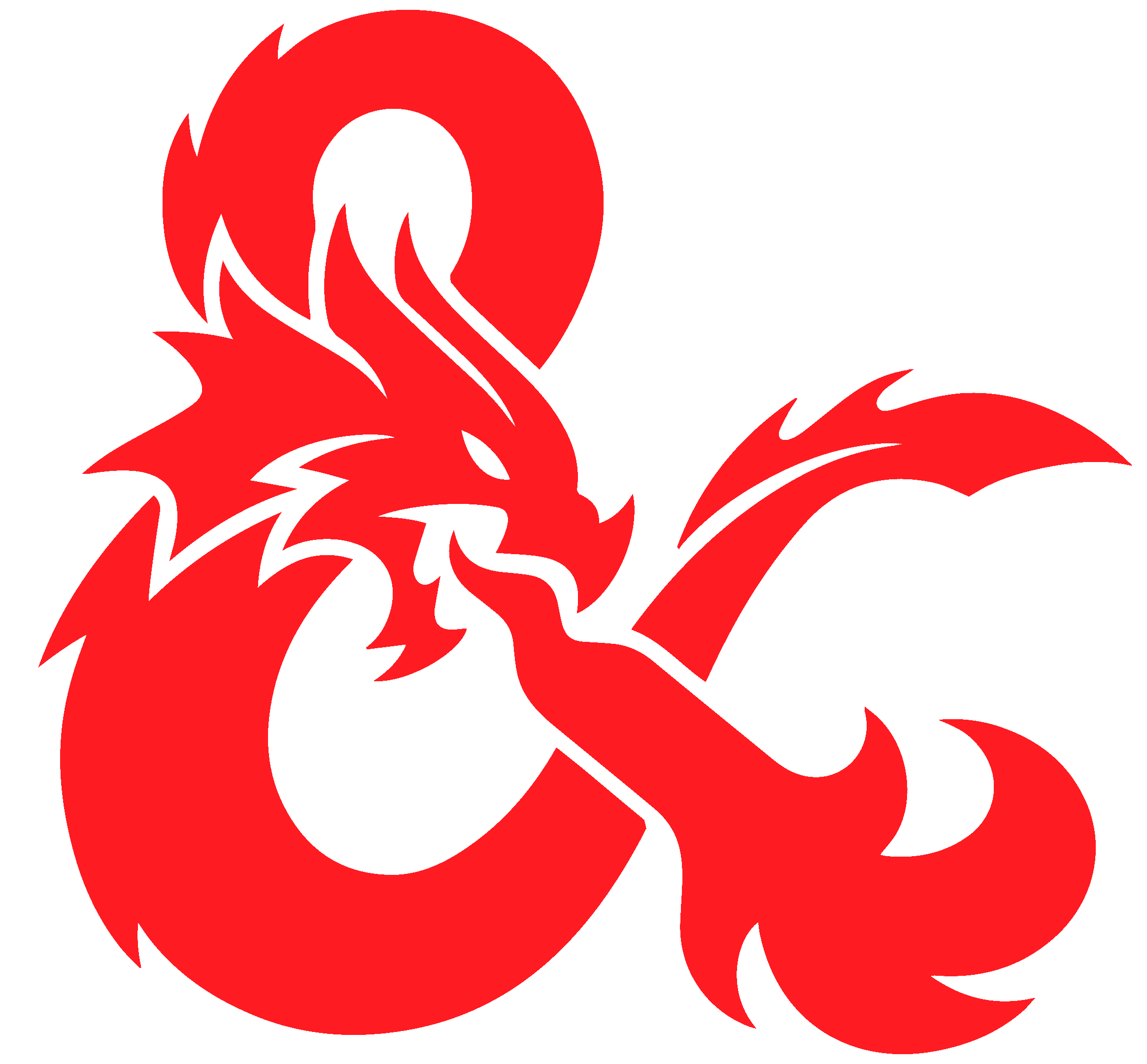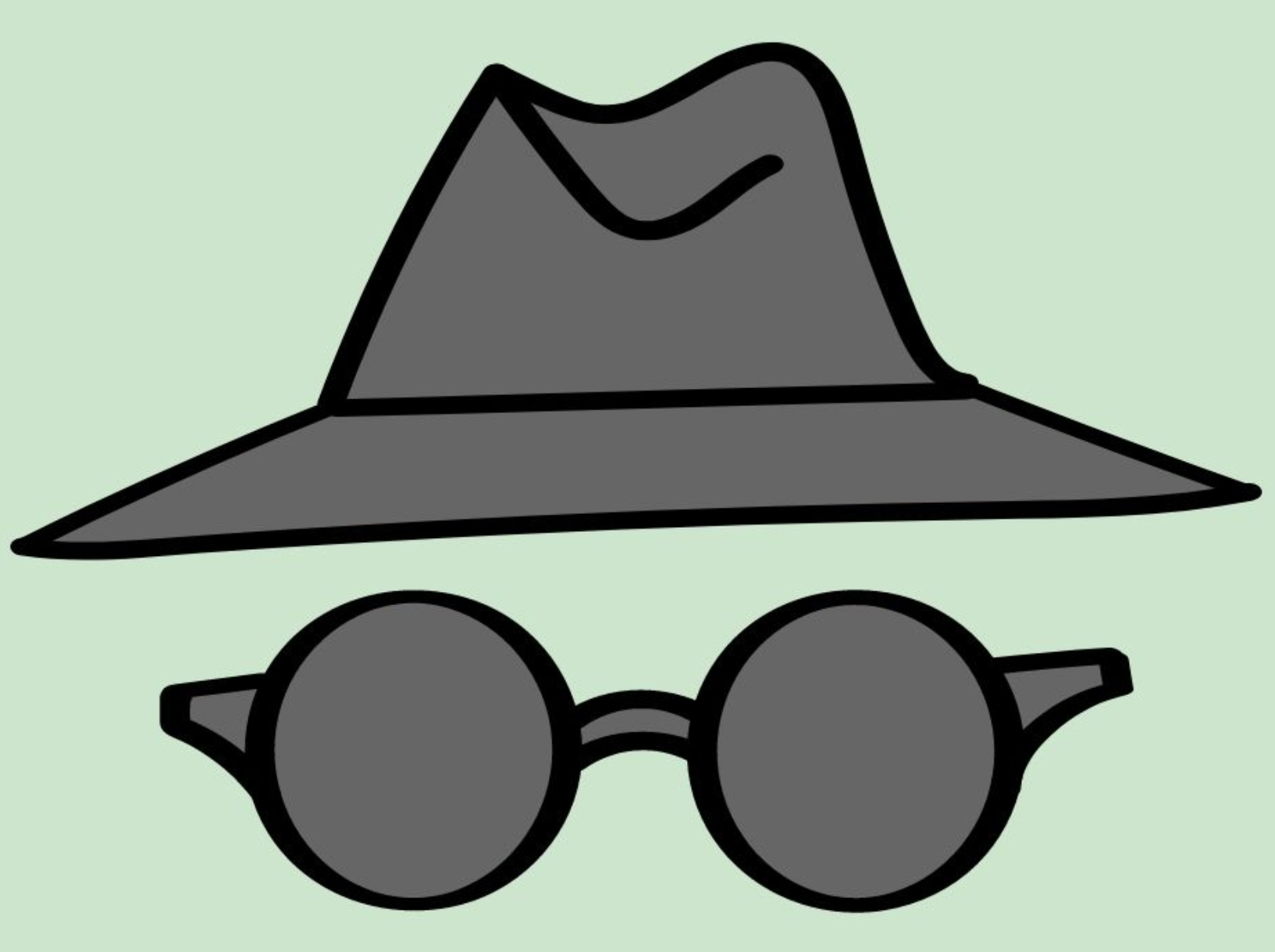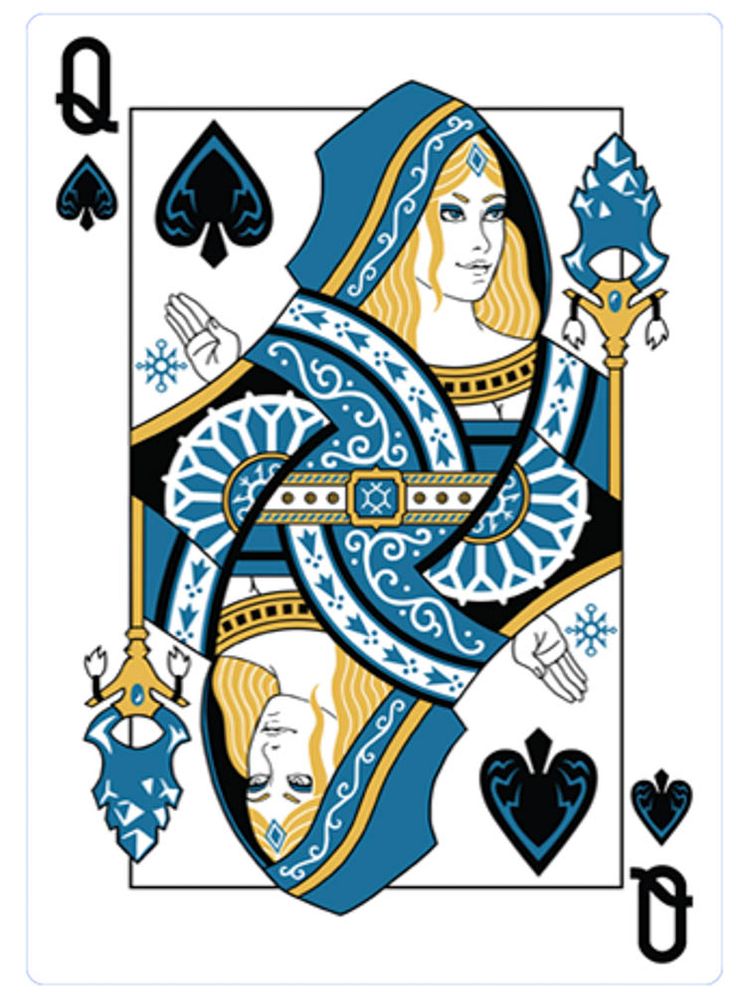Bonus points:
What are some interesting takes/interpretations/ reflavours that you’ve seen or want to try?
Not a backstory quirk, but I have a fun alternative mechanic for a Druid!
I have a Druid PC in the campaign I’m running right now who’s still relatively new to DnD and was disappointed that Wild Shape is limited to just twice a day (the DnD movie might be partially responsible for this). After some discussion we came up with some homebrew rules that she’s happy with and I’ve really enjoyed too.
She chooses two animals per day that she can Wild Shape into and she can switch between them and her human form as often as she’d like, but their HP doesn’t reset and if one of them hits 0, she loses that Wild Shape for the day. She doesn’t have to choose them at the beginning of the day, but once she’s transformed into an animal, she’s locked into that animal for the rest of the day. So if she decides to transform into a cat to be sneaky at the beginning of the day, she loses out on a possibly big beefy meat shield later on. She also can’t choose the same animal twice.
It’s been a fun way of giving her the flexibility to go in and out of animal form during RP (and sometimes a little in battle) without feeling like the balance is thrown way off.
I am playing a druid, the RAW interpretation is a bit boring and relegates wildshape to a secondary ability (in my opinion) when it should be front and center.
I have changed the mechanic to be more similar to sorcery points or ki points.
You get 4 WS points per druid level (+8 points if mood druid)
Transformation is the CR x 4; min 1 point
Time in the form is 15min per point.So for a mood druid transforming into a dire wolf (CR1), it would be 4 points to transform, and 1 point for the first 15 minutes. Spending a minimum of 5 points; out of your initial 16 point pool at level 2.
Non-moon druid transforms into a cat (CR 1/8), would cost the minimum 1 point to transform and 1 point for the first 15 minutes. Spending a minimum of 2 points; out of the 8 point pool at level 2.
The points still reset on a short rest.
At level 4 when non-moon druids get CR 1/2; the non-moon druid has 16 points; the moon druid has 24. At level 6 when a moon druid gets CR2 transformation they have 32 points. A CR2 transformation costs a minimum of 9 points for the first 15 minutes.
I like this because it means that wild shape becomes a resource to be used and managed like spell slots/ki points/sorcery points etc…it also seems more progressive, as you become more experienced as a druid you can do more with the wild shape.
It also avoids the “wasted” wild shape feeling, so instead of thinking is it worth transforming into a rat to follow this target through a sewer, when I could become a crocodile later to mess up what they are heading toward…I think, rat for the next 30 / 45 minutes is only 4 points total, leaving me with 12 points in my pool because I was a horse an hour ago.
@absGeekNZ @Goofy Not bad, but feel that the time would come back to bite you. Also, most players I know hate keeping track. Think you could just double to cost, and make it infinite time?
Gus watches from his hunting perch. He knows that the prey is there. He can smell it, hear it… He’s just waiting on his hunting partner to fulfill his end of the deal. Gus could easily handle this on his own, but when training a companion, it pays to be slow, especially when dealing with the limited capabilities of your “chosen” “assistant.” Rodge was neither Gus’s first choice (second third or fourth either), nor was he a particularly capable assistant, but somehow Rodge seemed to make the choice, which is against the order of things. Regardless, Gus was stuck with who he had, and all things considered, there were some unexpected benefits to Rodge. Who would have expected the talons? Claws? (“What are those things called in this case? I’ve not seen digits that function that way often,” Gus thinks to himself) would be so damn useful? Sadly though Rodge was absolutely terrible at sneaking and seemed almost blind most of the time. “At least he is able to take commands well enough to distract our targets, maybe one day he will be more useful than startling birds out of the undergrowth while hunting, and it’s not as though I need him to carry me around and rub my tummy with those…! Fingers, they’re called fingers!”
Gus Gato the awakened bobcat and Rodge the useless human ranger, druid companion pet
I played a sort of gutter punk druid once. He’d grown up in a sort of nature commune that had been wiped out by a magical disaster, and had lived penniless and transient on the streets of cities for years afterwards. There was a deep, empathetic anger at the injustices of how the world was structured I really enjoyed playing. Rather than just some reactionary defense of nature as something separate from people, he knew a better world was possible for the people who lived in it too by finding harmony with nature.
I never had a chance to play him before I switched off of 5e, but I had an idea for one in my back pocket forever. It was a Circle of the Land (Arctic) Druid who talked in an exaggerated Canadian accent, used a hockey stick for his sheleleigh, and wildshaped into Canadian animals like beavers, moose, and goose.
My entire playgroup (including me) is Canadian, so I feel like we all would’ve gotten a good laugh out of that.
I played a Druid a few years back whose magical focus was narrowly on stone and earth. The idea was her culture (from which she had been exiled years prior for failing to fulfill some of her clerical responsibilities) considered the world to be a huge grave, and her role in said society was to interact with and advocate for the decomposed and petrified remains of the long dead. So she considered herself something of a necromancer, just for the dead that are so far gone as to become the landscape. 5e isn’t built to support this interpretation of the Druid class, but we managed it with some minor reflavoring and homebrewing. It was a fun concept but her beliefs and goals ended up becoming too at odds with the rest of the party, so I retired her to avoid friction.



